The Kunming-Montreal Global Biodiversity Framework: A call for urgent and transformative action


· 13 min read
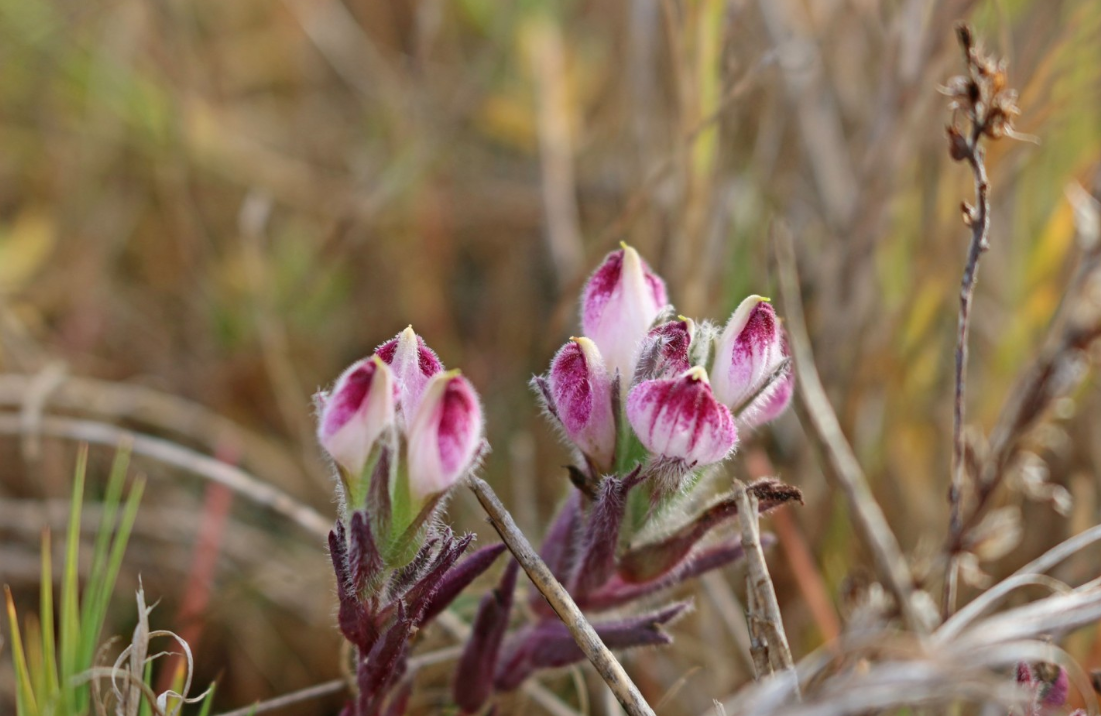
The Kunming-Montreal Global Biodiversity Framework (GBF) was adopted by every country in the World, except the United States of America and the Holy See, at the fifteenth meeting of the Conference of the Parties to the Convention on Biological Diversity in December 2022. It is a response to the alarming evidence that biodiversity is deteriorating worldwide at rates unprecedented in human history.
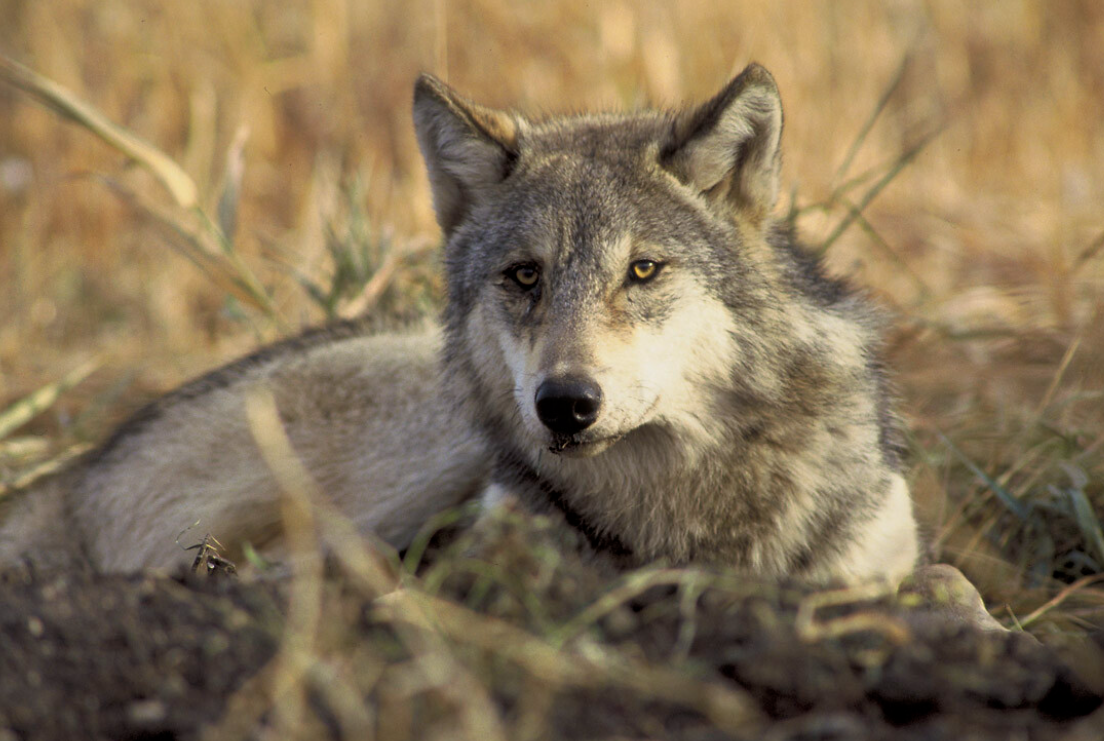
Canis lupus [USFWS, CC BY 2.0, via Wikimedia Commons]
According to the Global Assessment Report of Biodiversity and Ecosystem Services issued by the Intergovernmental Science-Policy Platform on Biodiversity and Ecosystem Services (IPBES), around 25% of species in assessed animal and plant groups are threatened, suggesting that around one million species already face extinction, many within decades, unless action is taken to reduce the intensity of drivers of biodiversity loss.
The GBF seeks to address this crisis by setting an ambitious plan to implement broad-based action to bring about a transformation in our societies’ relationship with biodiversity by 2030, in line with the 2030 Agenda for Sustainable Development and its Sustainable Development Goals, and ensure that, by 2050, the shared vision of living in harmony with nature is fulfilled.

Coccinella novemnotata [Jesse Rorabaugh, CC0, via Wikimedia Commons]
The GBF aims to catalyse, enable and galvanize urgent and transformative action by governments, subnational and local authorities, with the involvement of all of society, to halt and reverse biodiversity loss, to achieve the outcomes it sets out in its Vision, Mission, Goals and Targets, and thereby contribute to the three objectives of the Convention on Biological Diversity: the conservation of biodiversity, the sustainable use of its components, and the fair and equitable sharing of the benefits arising from the use of genetic resources. Its purpose is the full implementation of these three objectives of the Convention in a balanced manner.
The framework is action- and results-oriented and aims to guide and promote, at all levels, the revision, development, updating, and implementation of policies, goals, targets, and actions to conserve, protect, restore and sustainably use biodiversity and its components, as well as to mainstream biodiversity considerations into the development and implementation of policies and actions across all sectors.

Chloropyron maritimum [Hazel Rodriguez, CC0, via Wikimedia Commons]
The GBF is a call to action for all stakeholders to work together to ensure that we leave a legacy of a healthy and sustainable planet for future generations. It is an opportunity for us to come together and take the necessary steps to ensure that we not only protect biodiversity but also restore it, and in doing so, create a better future for all people and the planet.
The implementation of the Kunming-Montreal Global Biodiversity Framework (GBF) requires careful consideration of several key factors in order to ensure its success. These considerations include: the contribution and rights of indigenous peoples and local communities, different value systems, a whole-of-government and whole-of-society approach, national circumstances, priorities and capabilities, collective effort towards the targets, the right to development, a human rights-based approach, gender, and the fulfilment of the three objectives of the Convention on Biological Diversity and its protocols.
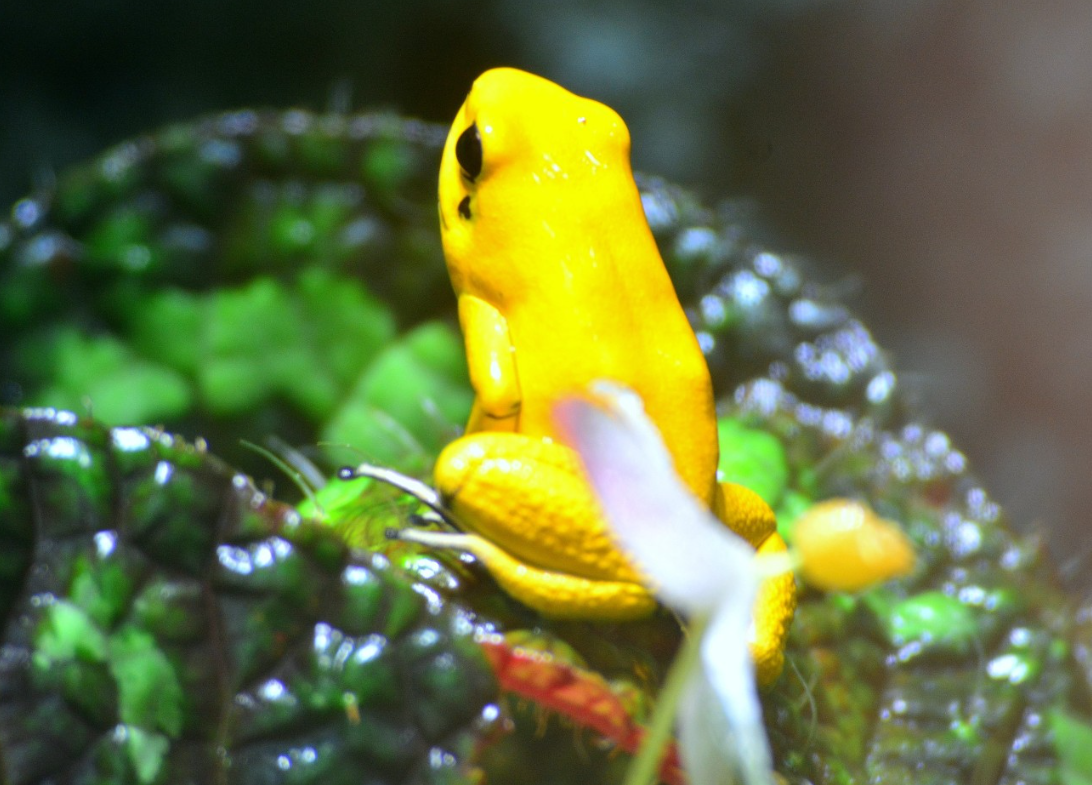
Phyllobates terribilis [Praschaya Kaushik, CC BY-SA 4.0, via Wikimedia Commons]
The GBF acknowledges the important roles and contributions of indigenous peoples and local communities as custodians of biodiversity and partners in its conservation, restoration and sustainable use. The implementation of the GBF must ensure that the rights, knowledge, including traditional knowledge associated with biodiversity, innovations, worldviews, values and practices of indigenous peoples and local communities are respected, documented, and preserved with their free, prior and informed consent. This includes ensuring their full and effective participation in decision-making, in accordance with relevant national legislation, international instruments, including the United Nations Declaration on the Rights of Indigenous Peoples, and human rights law.
The GBF also recognizes and considers diverse value systems and concepts, including, for those countries that recognize them, rights of nature and rights of Mother Earth, as being an integral part of its successful implementation. This is important as nature embodies different concepts for different people and nature’s contributions to people also embody different concepts.
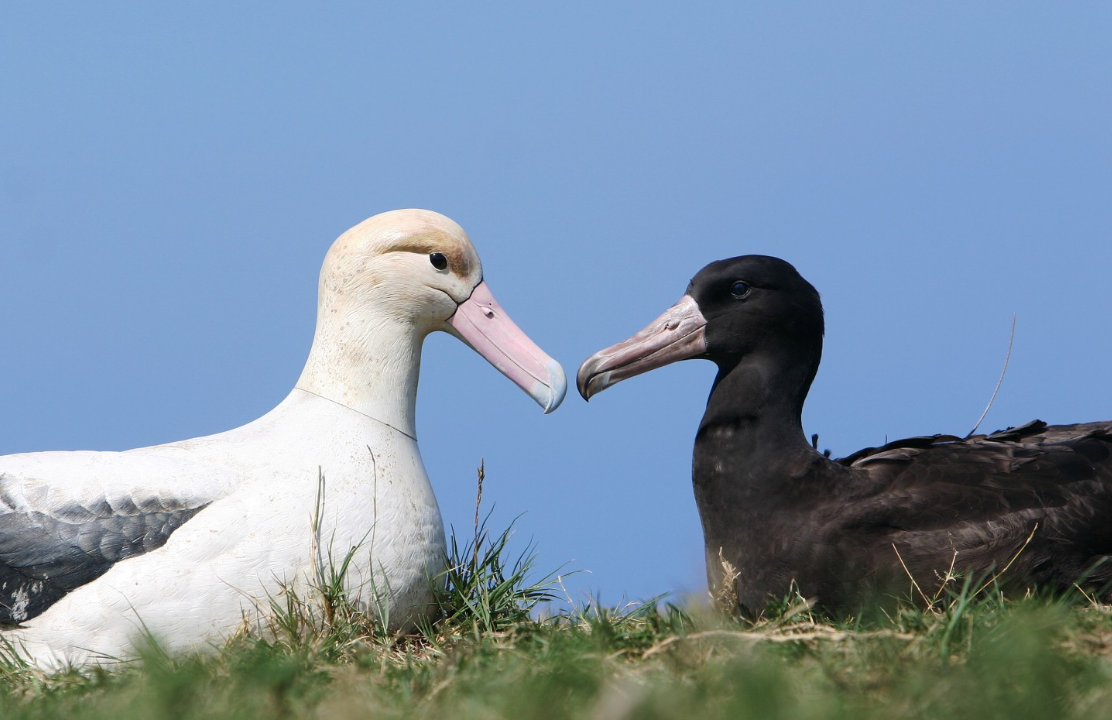
Phoebastria albatrus [USFWS, CC BY 2.0, via Wikimedia Commons]
The framework is intended for all actors of society, and its success requires political will and recognition at the highest level of government, and relies on action and cooperation by all levels of government and by all actors of society. This is where the whole-of-government and whole-of-society approach comes into play.
However, the goals and targets of the GBF are global in nature, and each country would contribute to attaining the goals and targets in accordance with their national circumstances, priorities and capabilities. This means that the framework must take into account the unique circumstances and capabilities of each country in order to be successful.

Mustela nigripes [Kimberly Fraser / USFWS, CC0, via Wikimedia Commons]
The Parties will catalyse implementation of the framework through mobilization of broad public support at all levels: it's important to have a collective effort towards the targets.
The framework enables responsible and sustainable socioeconomic development that, at the same time, contributes to the conservation and sustainable use of biodiversity. It is essential to ensure the right to development while conserving biodiversity.
The implementation of the framework should follow a human rights-based approach, respecting, protecting, promoting and fulfilling human rights. The framework acknowledges the human right to a clean, healthy and sustainable environment.
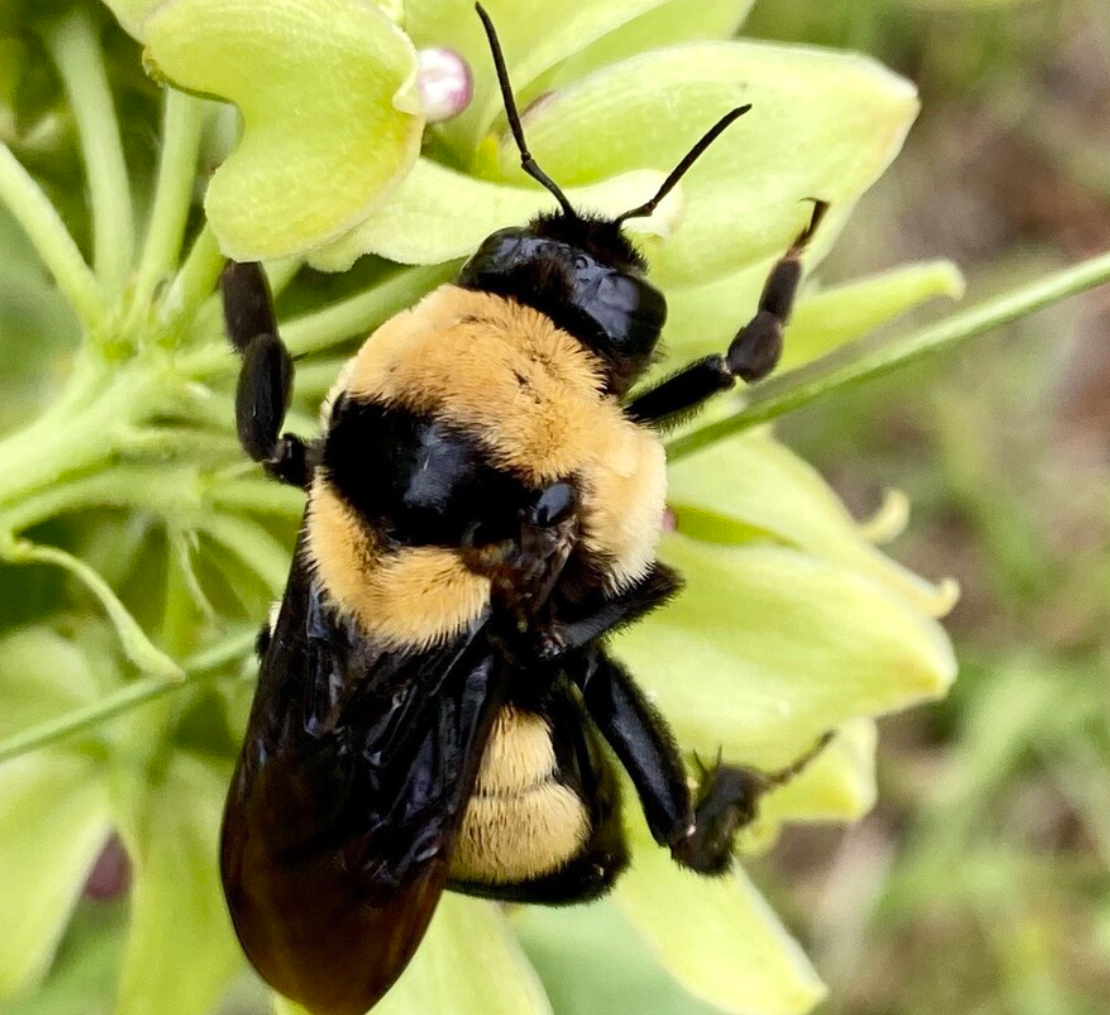
Bombus fraternus [drnancyjackson, CC BY 4.0, via Wikimedia]
Successful implementation of the framework will depend on ensuring gender equality and empowerment of women and girls and reducing inequalities.
Finally, the goals and targets of the framework are integrated and are intended to contribute in a balanced manner to the three objectives of the Convention on Biological Diversity. The framework is to be implemented in accordance with these objectives, with the provisions of the Convention on Biological Diversity, and with the Cartagena Protocol on Biosafety, and Nagoya Protocol on Access to Genetic Resources and the Fair and Equitable Sharing of Benefits Arising from their Utilization. It is important to keep in mind the balance between the three objectives of the Convention on Biological Diversity.

The relationship between the GBF and the 2030 Agenda for Sustainable Development is one of complementarity and mutual reinforcement. The GBF is a contribution to the achievement of the 2030 Agenda, with its focus on halting and reversing biodiversity loss, and putting nature on a path to recovery for the benefit of people and the planet.
The GBF is built around a theory of change which recognizes that urgent policy action is required globally, regionally and nationally to achieve sustainable development. The drivers of undesirable change that have exacerbated biodiversity loss must be reduced and reversed to allow for the recovery of all ecosystems and to achieve the Convention’s Vision of Living in Harmony with Nature by 2050.
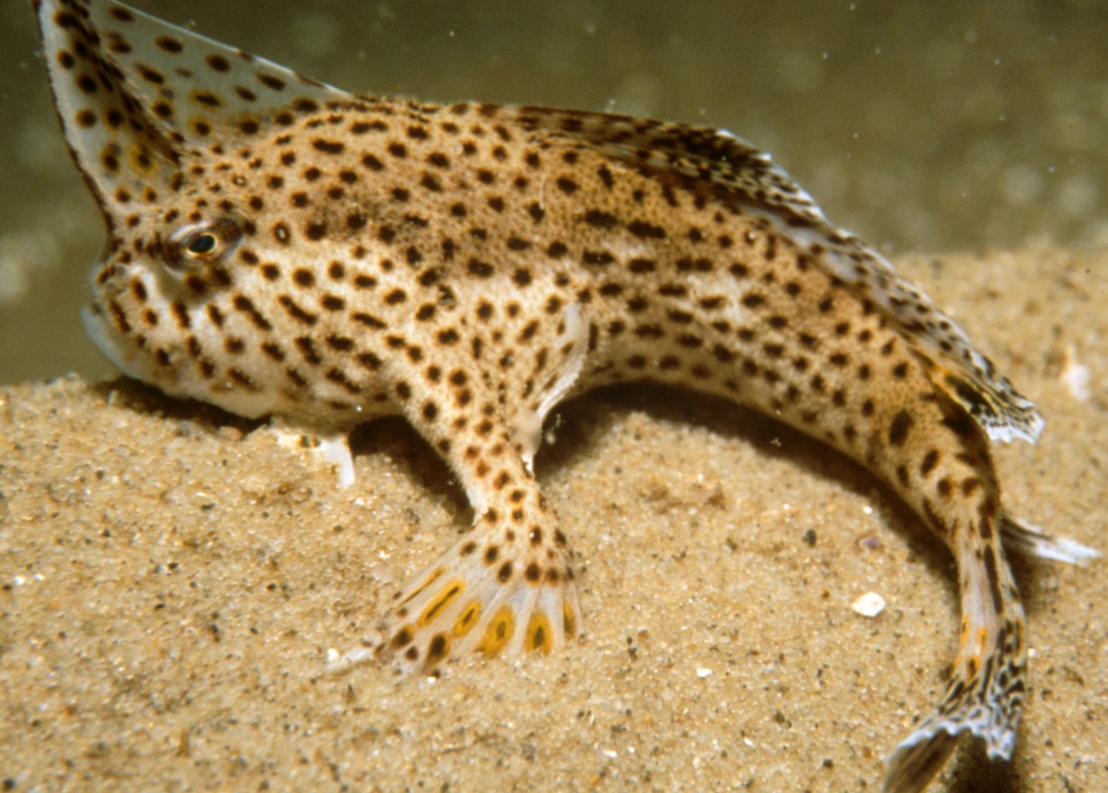
Brachionichthys hirsutus [CSIRO, CC BY 3.0, via Wikimedia Commons]
The GBF has a clear vision and mission, with a 2050 vision of "a world of living in harmony with nature where biodiversity is valued, conserved, restored and wisely used, maintaining ecosystem services, sustaining a healthy planet and delivering benefits essential for all people."
The mission of the framework for the period up to 2030 is "to take urgent action to halt and reverse biodiversity loss to put nature on a path to recovery for the benefit of people and planet by conserving and sustainably using biodiversity and ensuring the fair and equitable sharing of benefits from the use of genetic resources, while providing the necessary means of implementation."

Grus americana [USFWS, CC BY 2.0, via Wikimedia Commons]
In order to achieve this mission and vision, the GBF sets out four long-term goals for 2050 related to the 2050 Vision for Biodiversity. Goal A is about the integrity, connectivity, and resilience of all ecosystems being maintained, enhanced, or restored. Goal B is about biodiversity being sustainably used and managed and nature’s contributions to people being valued, maintained, and enhanced. Goal C is about the monetary and non-monetary benefits from the utilization of genetic resources being shared fairly and equitably. Goal D is about adequate means of implementation, including financial resources, capacity-building, technical and scientific cooperation, and access to and transfer of technology, being provided to fully implement the GBF.
Overall, the GBF and the 2030 Agenda for Sustainable Development are closely aligned in their goals and objectives, with the GBF providing a specific focus on biodiversity and the sustainable use of genetic resources, and the 2030 Agenda providing a broader framework for sustainable development. Together, they provide a comprehensive approach to addressing the urgent and pressing issues of biodiversity loss and achieving a sustainable future for all.
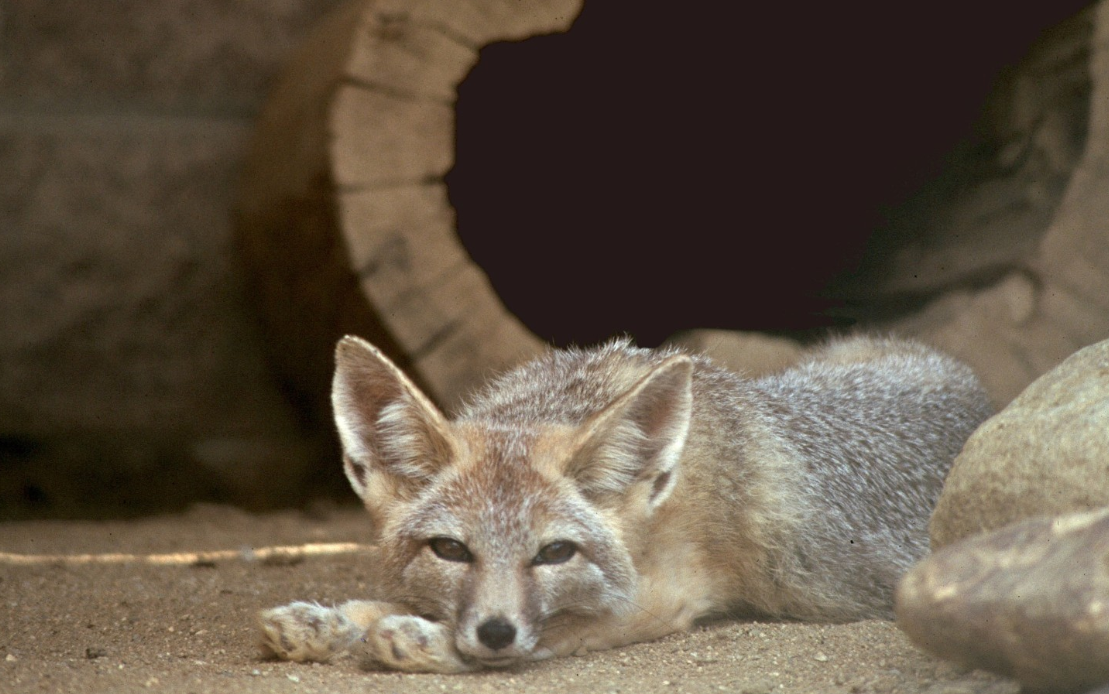
Vulpes macrotis mutica [USFWS, CC BY 2.0, via Wikimedia Commons]

Deinacrida carinata [Ros Cole, CC BY-SA 4.0, via Wikimedia Commons]
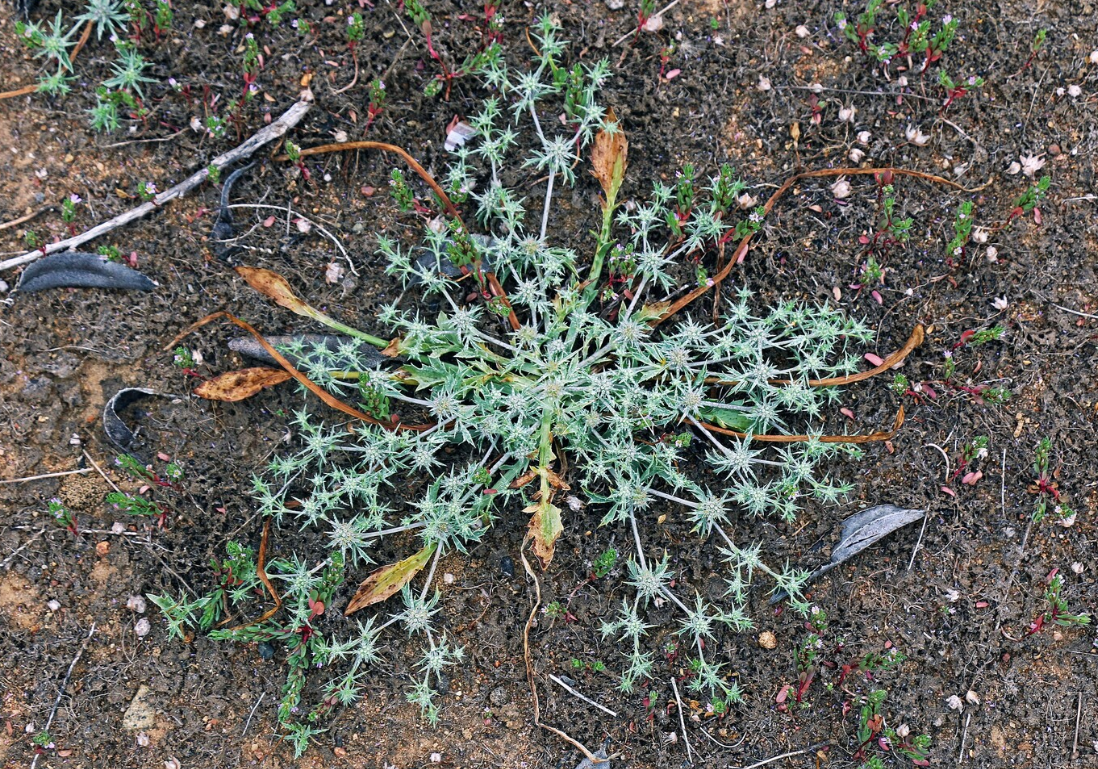
The GBF has set 23 action-oriented global targets for urgent action over the decade to 2030 to reduce threats to biodiversity. These targets aim to address the major drivers of biodiversity loss, including habitat destruction, overexploitation, pollution, invasive alien species, and climate change.
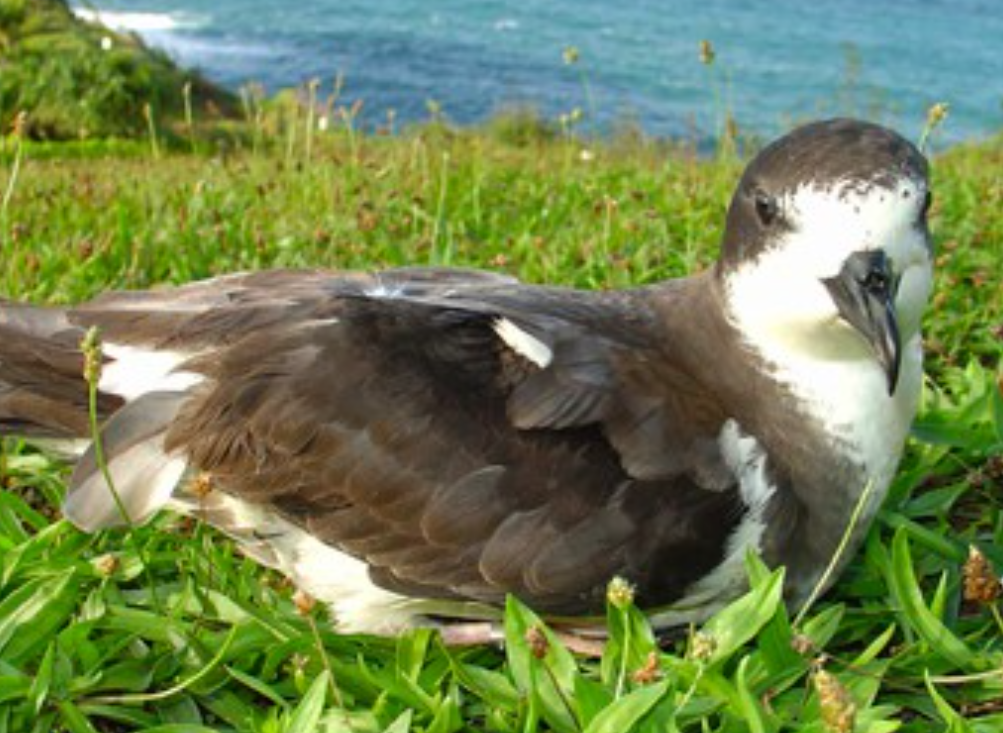
Pterodroma sandwichensis [USFWS, CC0, via Wikimedia Commons]
Target 1 focuses on participatory, integrated, and biodiversity-inclusive spatial planning and effective management processes to bring the loss of areas of high biodiversity importance to close to zero by 2030.
Target 2 aims to restore at least 30% of degraded terrestrial, inland water, and coastal and marine ecosystems by 2030 to enhance biodiversity and ecosystem functions and services.
Target 3 aims to effectively conserve and manage at least 30% of terrestrial and inland water, and of coastal and marine areas, especially those of particular importance for biodiversity and ecosystem functions and services, through ecologically representative, well-connected, and equitably governed systems of protected areas and other effective area-based conservation measures, while ensuring sustainable use is fully consistent with conservation outcomes.
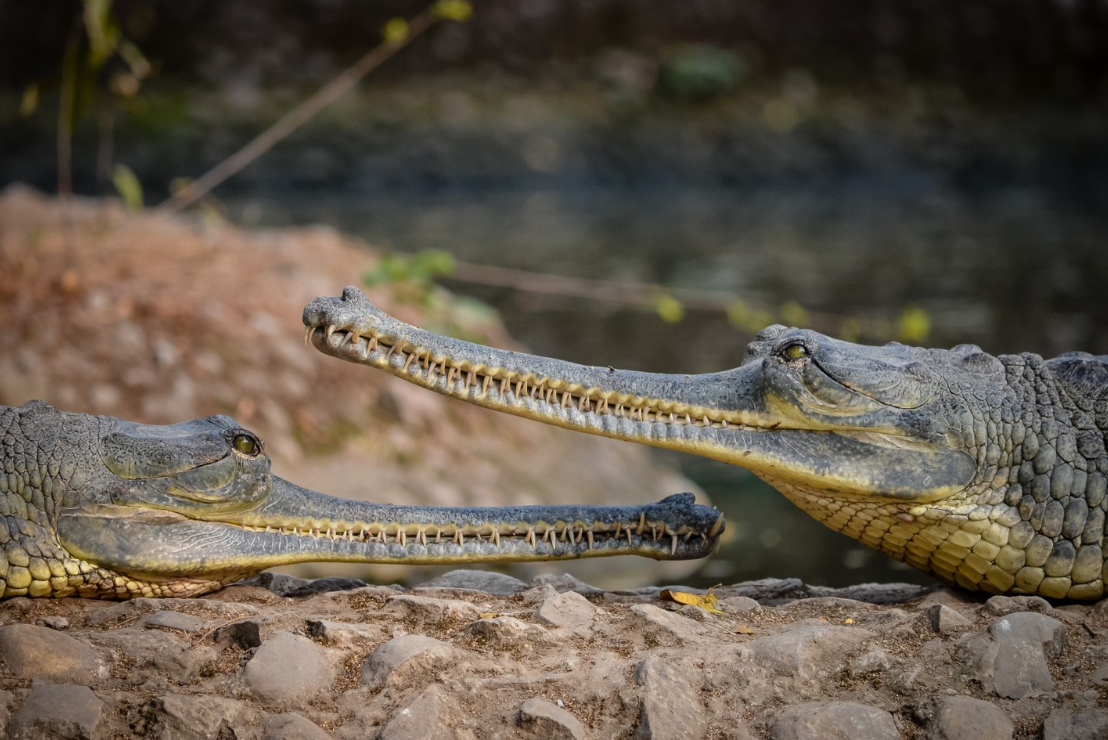
Gavialis gangeticus [Amit Chorge, CC BY-SA 4.0, via Wikimedia Commons]
Target 4 aims to halt human-induced extinction of known threatened species and recover and conserve species, in particular threatened species, to significantly reduce extinction risk, as well as maintain and restore genetic diversity within and between populations of native, wild and domesticated species to maintain their adaptive potential, including through in situ and ex situ conservation and sustainable management practices, and effectively manage human-wildlife interactions to minimize human-wildlife conflict for coexistence.
Target 5 aims to ensure that the use, harvesting, and trade of wild species is sustainable, safe, and legal, preventing overexploitation, minimizing impacts on non-target species and ecosystems, and reducing the risk of pathogen spill-over, applying the ecosystem approach, while respecting and protecting customary sustainable use by indigenous peoples and local communities.

Canis rufus [USFWS, CC BY 2.0, via Wikimedia Commons]
Target 6 aims to eliminate, minimize, reduce and/or mitigate the impacts of invasive alien species on biodiversity and ecosystem services by identifying and managing pathways of introduction of alien species, preventing the introduction and establishment of priority invasive alien species, reducing the rates of introduction and establishment of other known or potential invasive alien species by at least 50% by 2030, and eradicating or controlling invasive alien species especially in priority sites, such as islands.
Target 7 aims to reduce pollution risks and negative impacts of pollution from all sources by 2030, to levels that are not harmful to biodiversity and ecosystem functions and services, considering cumulative effects, including reducing excess nutrients lost to the environment by at least half, reducing overall risk from pesticides and highly hazardous chemicals by at least half, and preventing, reducing, and working towards eliminating plastic pollution.
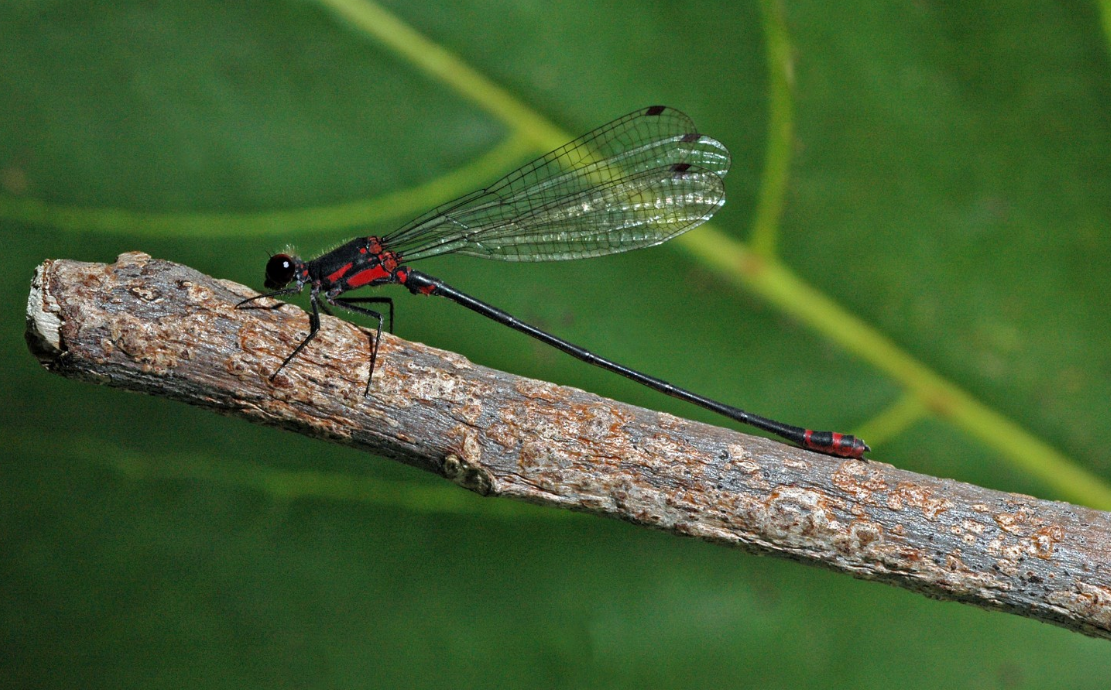
Megalagrion pacificum [USFWS, CC BY 2.0, via Wikimedia Commons]
Target 8 aims to minimize the impact of climate change and ocean acidification on biodiversity and increase its resilience through mitigation, adaptation, and disaster risk reduction actions, including through nature-based solution and/or ecosystem-based approaches, while minimizing negative and fostering positive impacts of climate action on biodiversity.
Target 9 emphasizes the sustainable management and use of wild species to provide social, economic, and environmental benefits.
Target 10 emphasizes the sustainable management of areas under agriculture, aquaculture, fisheries, and forestry to contribute to the resilience and long-term efficiency and productivity of these production systems, and to food security.
In order to ensure accountability and transparency in the implementation of the Kunming-Montreal Global Biodiversity Framework, a system of planning, monitoring, reporting, and review will be established. This includes the development of national biodiversity strategies and action plans, revised or updated in alignment with the framework and its goals and targets, as well as national reports that include headline and other indicators for monitoring progress.
The global progress of the framework will be reviewed through a collective process based on national reports and other sources, as well as voluntary peer reviews and an open-ended forum for country reviews. Additionally, information on non-state actor commitments towards the framework will be tracked and reported.
This article is also published on the author's blog. illuminem Voices is a democratic space presenting the thoughts and opinions of leading Sustainability & Energy writers, their opinions do not necessarily represent those of illuminem.
illuminem briefings

Climate Change · Effects
illuminem briefings

Oil & Gas · Ethical Governance
illuminem briefings

Climate Change · Insurance
Associated Press

Climate Change · Environmental Sustainability
The Washington Post

Public Governance · Climate Change
Euronews

Effects · Climate Change